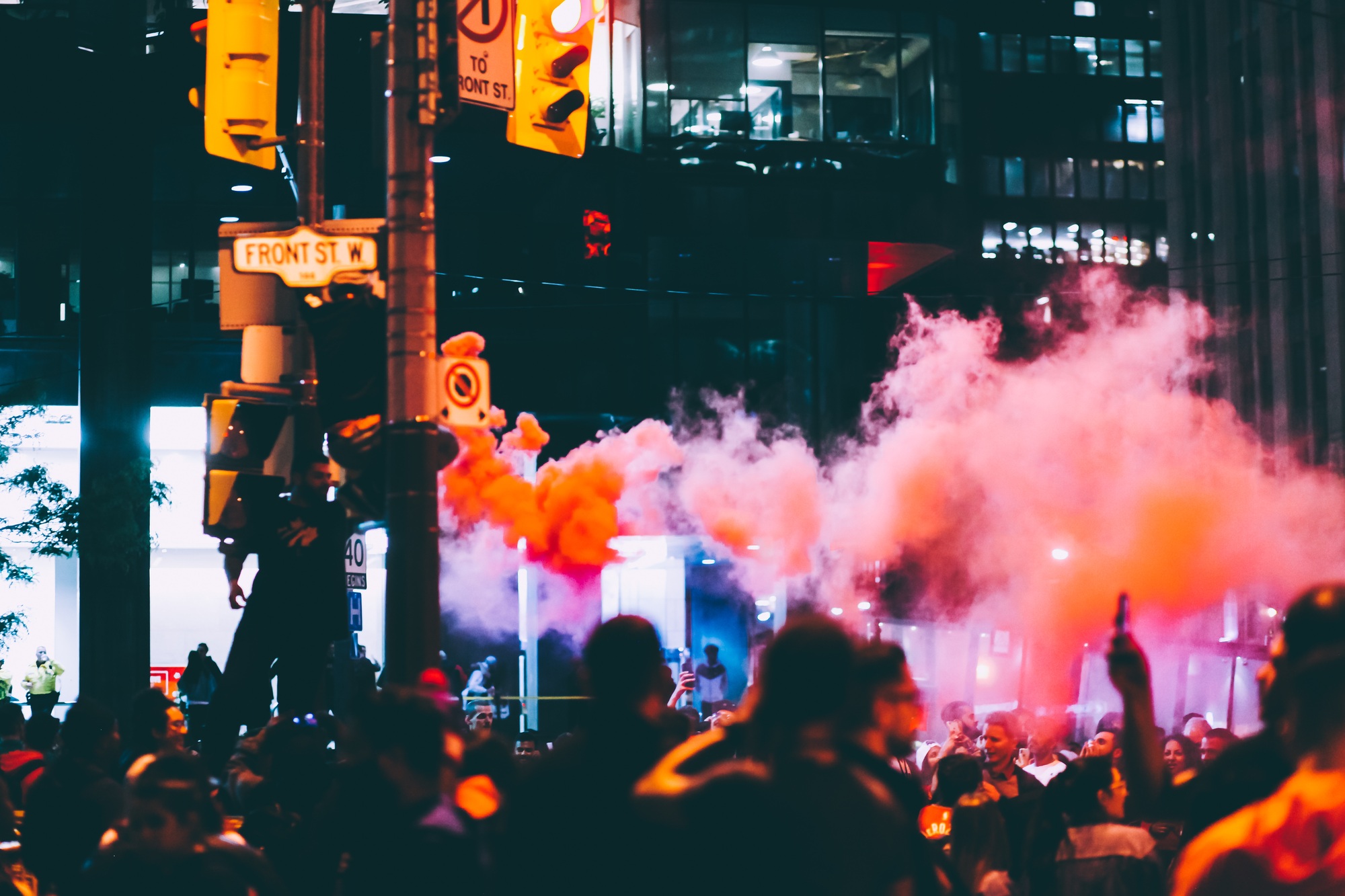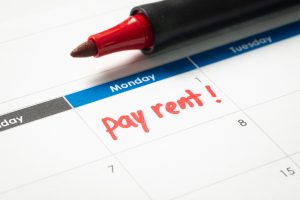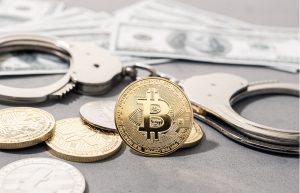Today marks a significant day as cities nationwide brace themselves for widespread protests across the country. Authorities and communities are on high alert, expecting large turnouts and potential disruptions in several urban centers.
In recent weeks, social and political tensions have escalated, leading to increased activism and demonstrations. Cities such as New York, Los Angeles, Chicago, and Houston are anticipated to see the largest protests, with organizers calling for action on various social issues including justice reform, economic inequality, and government accountability.
Local law enforcement agencies have prepared extensive measures to manage the crowds, including increased patrols and traffic control efforts. City residents are advised to stay informed about potential road closures and safety advisories issued by authorities. Citizens are also encouraged to participate peacefully and respect public safety guidelines during the protests.
The impact of these protests is expected to be significant, affecting daily activities, transportation, and commerce in affected areas. Businesses in protest zones are preparing for potential closures or disruptions, while public transit systems are advising commuters to plan for delays.
Political leaders and community organizers are closely monitoring the developments, urging for peaceful demonstrations and dialogue. Some experts suggest that these protests could influence upcoming policy decisions and foster greater civic engagement.
Looking ahead, the focus will be on how authorities and protesters manage the day’s events, and whether the protests will lead to substantive discussions or policy changes. Ongoing coverage and updates will be critical to understanding the full scope of the day’s events.
What should residents do during the protests?
Residents are advised to stay informed through official updates, avoid protest areas unless participating, and prioritize safety at all times.
Will these protests lead to policy changes?
While protests can influence policymakers, the immediate impact depends on public response, media coverage, and political willingness to address the issues raised.
How are authorities preparing for potential unrest?
Law enforcement agencies are deploying additional resources, coordinating with community leaders, and implementing safety protocols to manage the protests peacefully and minimize disruptions.








